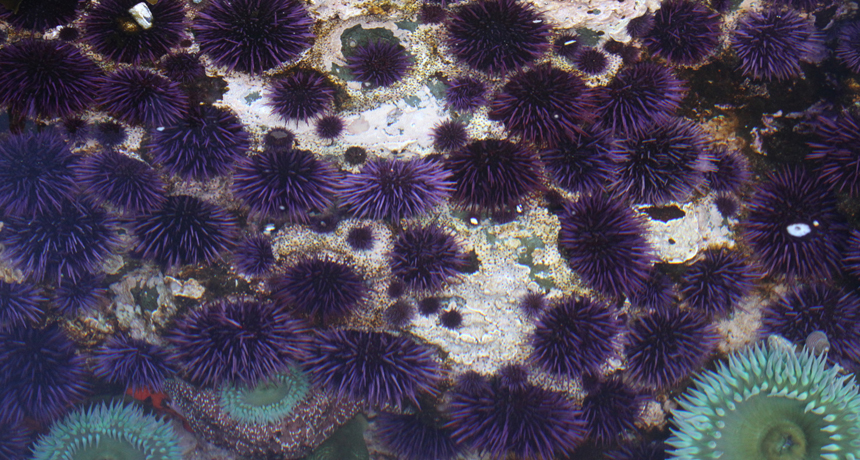HOME
Caught in the act

Most animals, plants and other organisms possess a broad range of traits, or features. For instance, within a species, some individuals might be bigger. Some might be faster or better camouflaged. Others might have genes that allow them to resist disease, better digest some foods or even learn new tasks more quickly.
Many traits help an organism survive and reproduce. These traits often can be inherited. That means an organism can pass them down to its offspring. Over multiple generations, useful inherited traits tend to become common in a population.
Once-useful traits, however, can become worthless. Some can even become detrimental. That can happen if a species moves to a new environment — or if its environment changes. Now, a different trait, even one that might have been rare, can become more common. In this way, populations adapt to their environments. Biologists refer to this as natural selection.
Until recently, scientists thought such evolution required hundreds of years, if not thousands. That glacial timetable seemed to reflect the pace at which the planet itself evolved. Consider mountains: They might take a million years to rise up. And entire continents might take tens of millions of years to shift position from, say, the tropics to the South Pole. Even relatively small islands might take millennia to emerge from the sea. As our planet has evolved, life has adapted along with it.
News Source